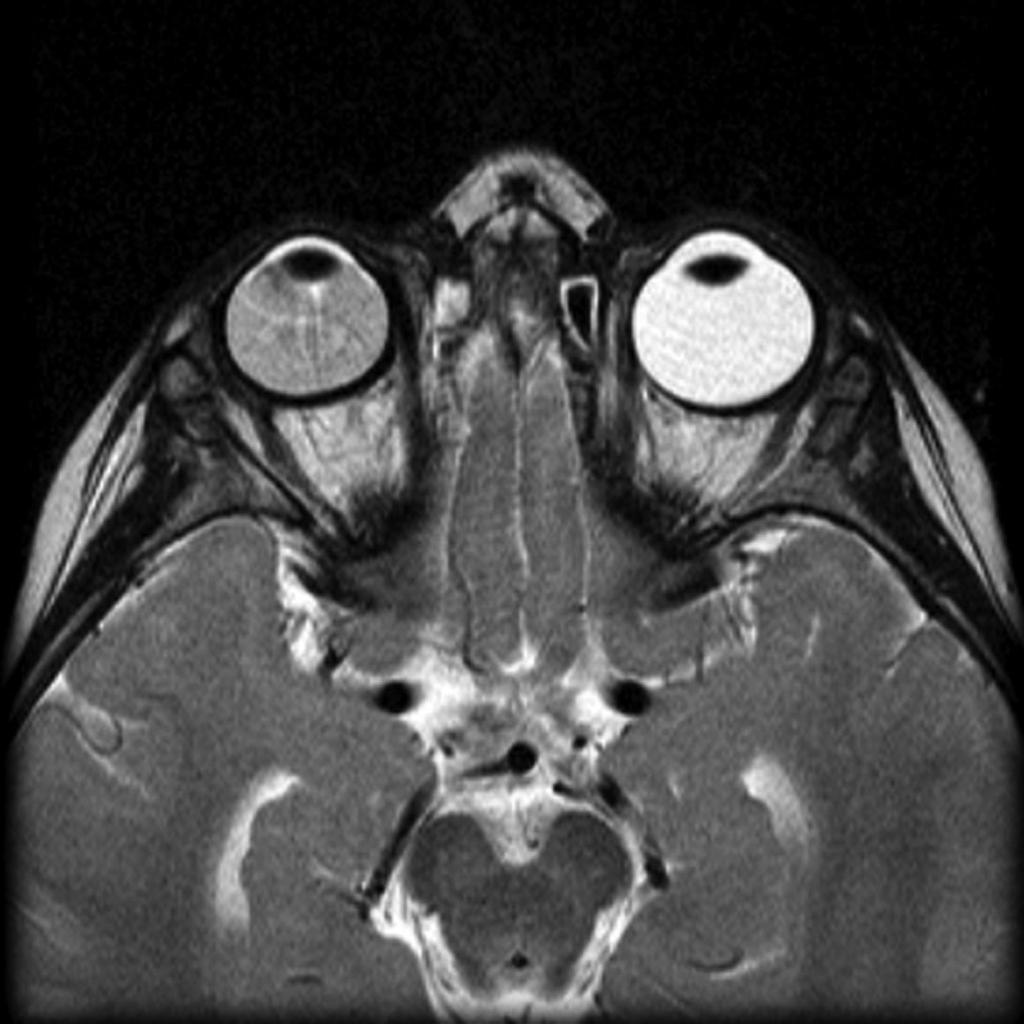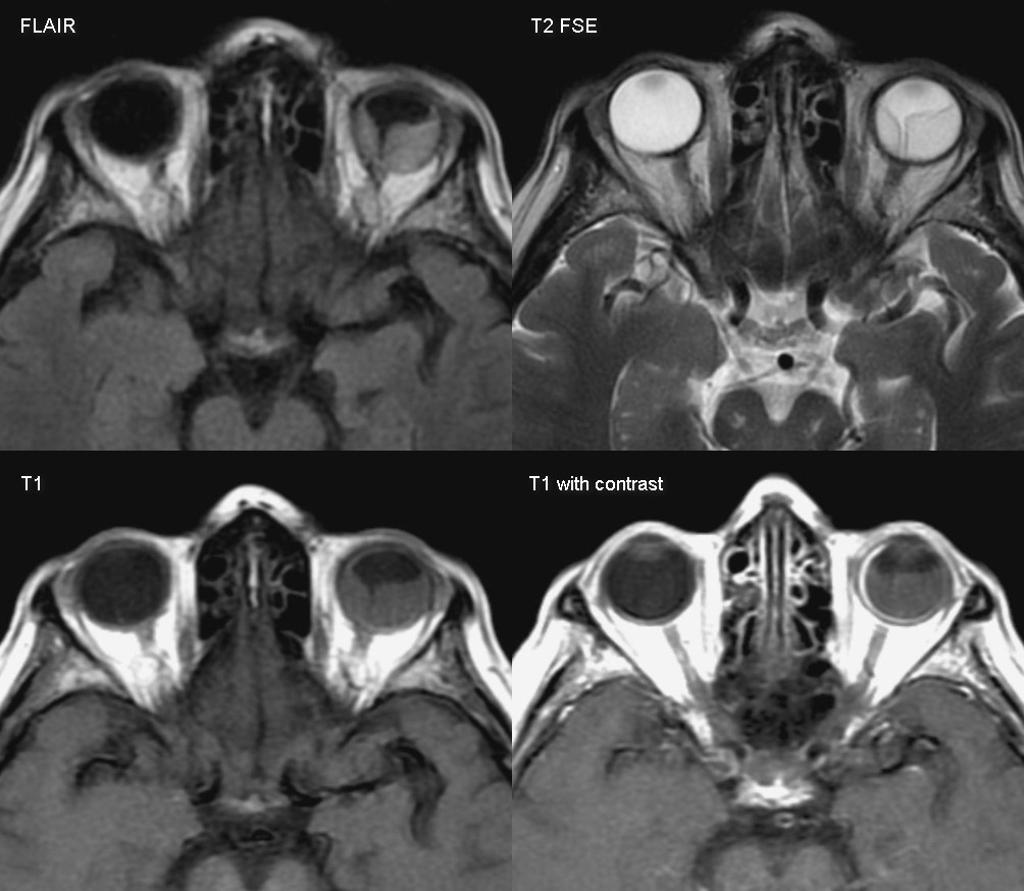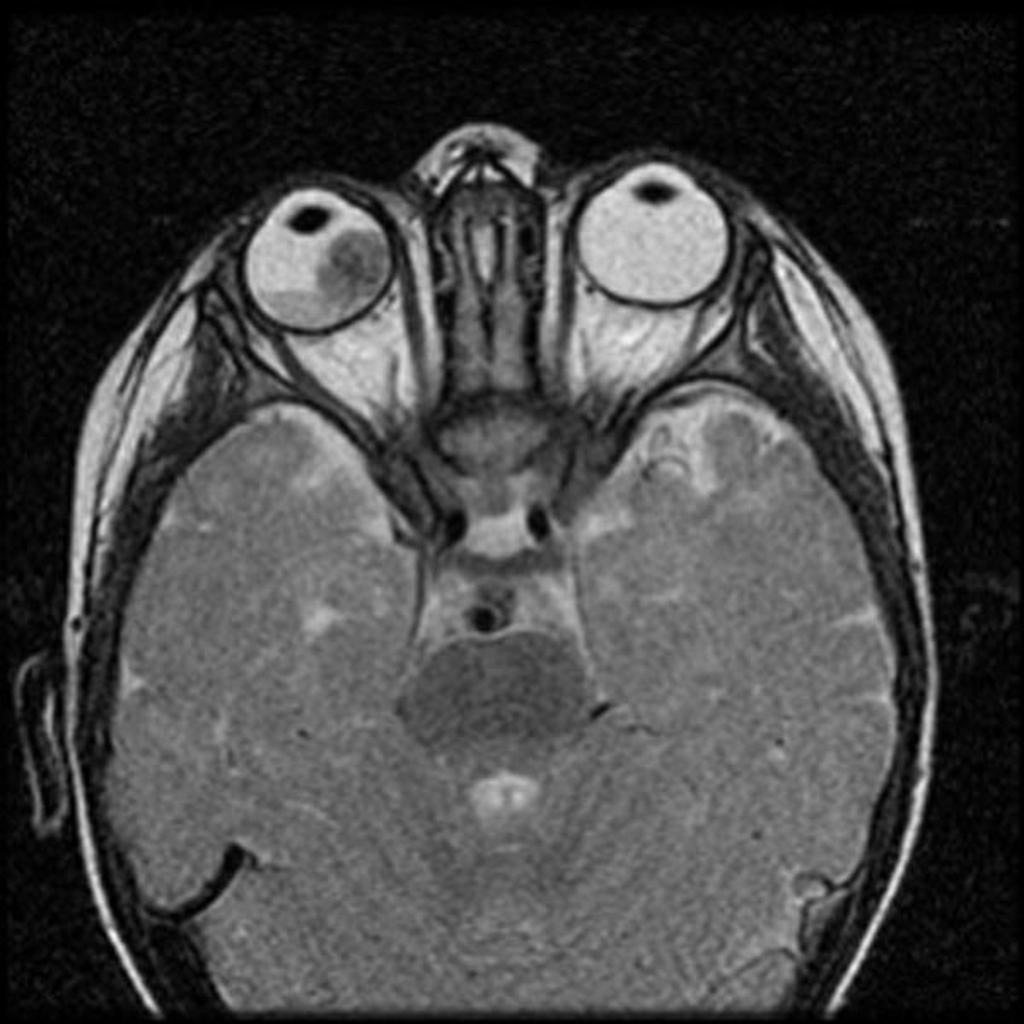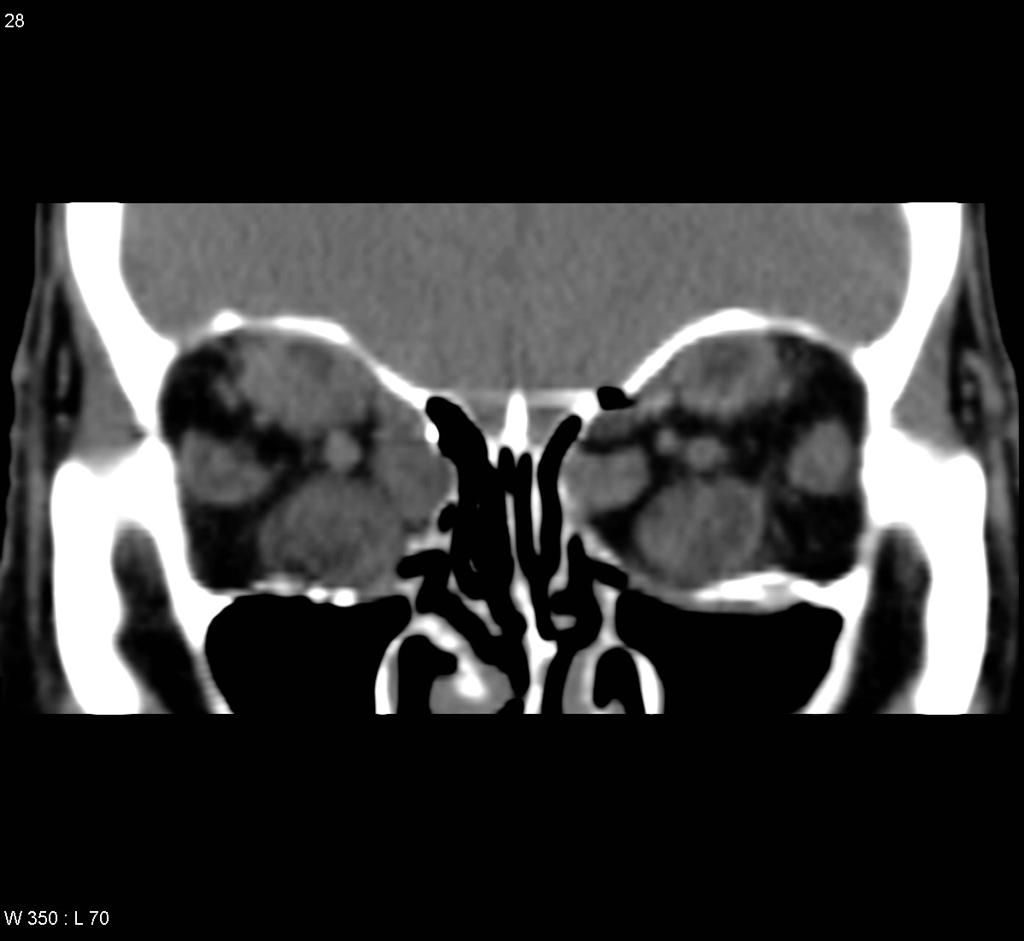Retinoblastoma differential diagnosis: Difference between revisions
Jump to navigation
Jump to search
No edit summary |
No edit summary |
||
| Line 142: | Line 142: | ||
| style="padding: 5px 5px; background: #F5F5F5;" | | | style="padding: 5px 5px; background: #F5F5F5;" | | ||
* | * | ||
| style="padding: 5px 5px; background: #F5F5F5;" | | | style="padding: 5px 5px; background: #F5F5F5;" | | ||
* | * | ||
| style="padding: 5px 5px; background: #F5F5F5;" | | | style="padding: 5px 5px; background: #F5F5F5;" | | ||
* | * | ||
|} | |} | ||
{| class="wikitable" | {| class="wikitable" | ||
Revision as of 15:34, 8 May 2019

Editor-In-Chief: C. Michael Gibson, M.S., M.D. [1]; Associate Editor(s)-in-Chief: Simrat Sarai, M.D. [2] Sahar Memar Montazerin, M.D.[3]
Overview
Differential diagnosis
Retinoblastoma must be differentiated from other diseases that cause leukocoria. Differential diagnosis of leukocoria in children include:
| Leukocoria | |||||||||||||||||||||||||||||||||||||||||||||||||||||||
| Tumors | Congenital malformations | Vascular diseases | Inflammatory diseases | Trauma | |||||||||||||||||||||||||||||||||||||||||||||||||||
| Retinoblastoma Medulloepithelioma Leukemia Combined retinal hamartoma Astrocytic hamartoma (Bourneville’s tuberous sclerosis) | Persistent fetal vasculature (PFV) Posterior coloboma Retinal fold Myelinated nerve fibers Morning glory syndrome Retinal dysplasia Norrie’s disease Incontinentia pigmenti Cataract | Retinopathy of prematurity (ROP) Coats’ disease Familial exudative vitreoretinopathy (FEVR) | Ocular toxocariasis Congenital toxoplasmosis Congenital cytomegalovirus retinitis Herpes simplex retinitis Other types of fetal iridochoroiditis Endophthalmitis | Intraocular foreign body Vitreous hemorrhage Retinal detachment | |||||||||||||||||||||||||||||||||||||||||||||||||||
| The above table adopted from Clinical Ophthalmic Oncology book [1] |
|---|
Differential diagnosis of leukocoria
| Disease/Condition | Clinical presentation | Demographics/History | Diagnosis | Other notes | |
|---|---|---|---|---|---|
| Retinoblastoma[2][3] |
|
|
| ||
| Coats'disease[4][5] |
|
|
|
| |
| Persistent fetal vasculature (formerly known as persistent hyperplastic primary vitreous)[5] |
|
|
|
| |
| Astrocytic hamartoma[1] |
|
|
|
| |
| Retinopathy of prematurity (ROP)[1] |
|
|
|
| |
| Ocular toxocariasis [1] |
|
|
|
| |
| Hereditary retinal syndrome |
|
|
|
|
|
 |
 |
 |
 |
|---|
References
- ↑ 1.0 1.1 1.2 1.3 Singh, Arun (2015). Clinical ophthalmic oncology : retinoblastoma. Heidelberg: Springer. ISBN 978-3-662-43451-2.
- ↑ Butros LJ, Abramson DH, Dunkel IJ (March 2002). "Delayed diagnosis of retinoblastoma: analysis of degree, cause, and potential consequences". Pediatrics. 109 (3): E45. PMID 11875173.
- ↑ Sachdeva R, Schoenfield L, Marcotty A, Singh AD (June 2011). "Retinoblastoma with autoinfarction presenting as orbital cellulitis". J AAPOS. 15 (3): 302–4. doi:10.1016/j.jaapos.2011.02.013. PMID 21680213.
- ↑ Silva RA, Dubovy SR, Fernandes CE, Hess DJ, Murray TG (December 2011). "Retinoblastoma with Coats' response". Ophthalmic Surg Lasers Imaging. 42 Online: e139–43. doi:10.3928/15428877-20111208-04. PMID 22165951.
- ↑ 5.0 5.1 Gupta N, Beri S, D'souza P (June 2009). "Cholesterolosis Bulbi of the Anterior Chamber in Coats Disease". J Pediatr Ophthalmol Strabismus. doi:10.3928/01913913-20090616-04. PMID 19645389.